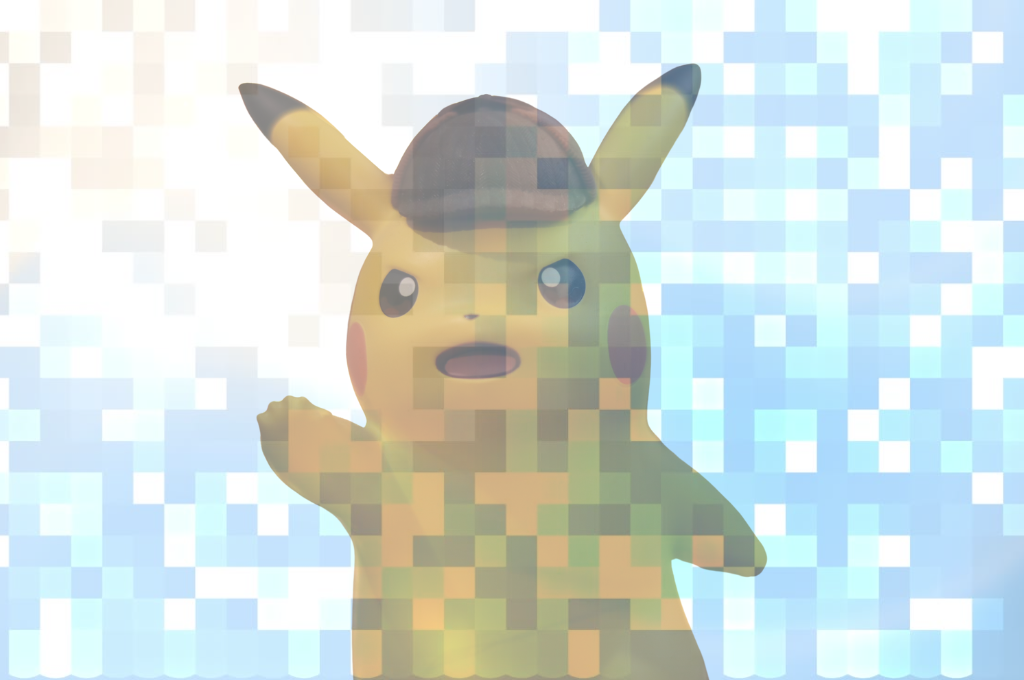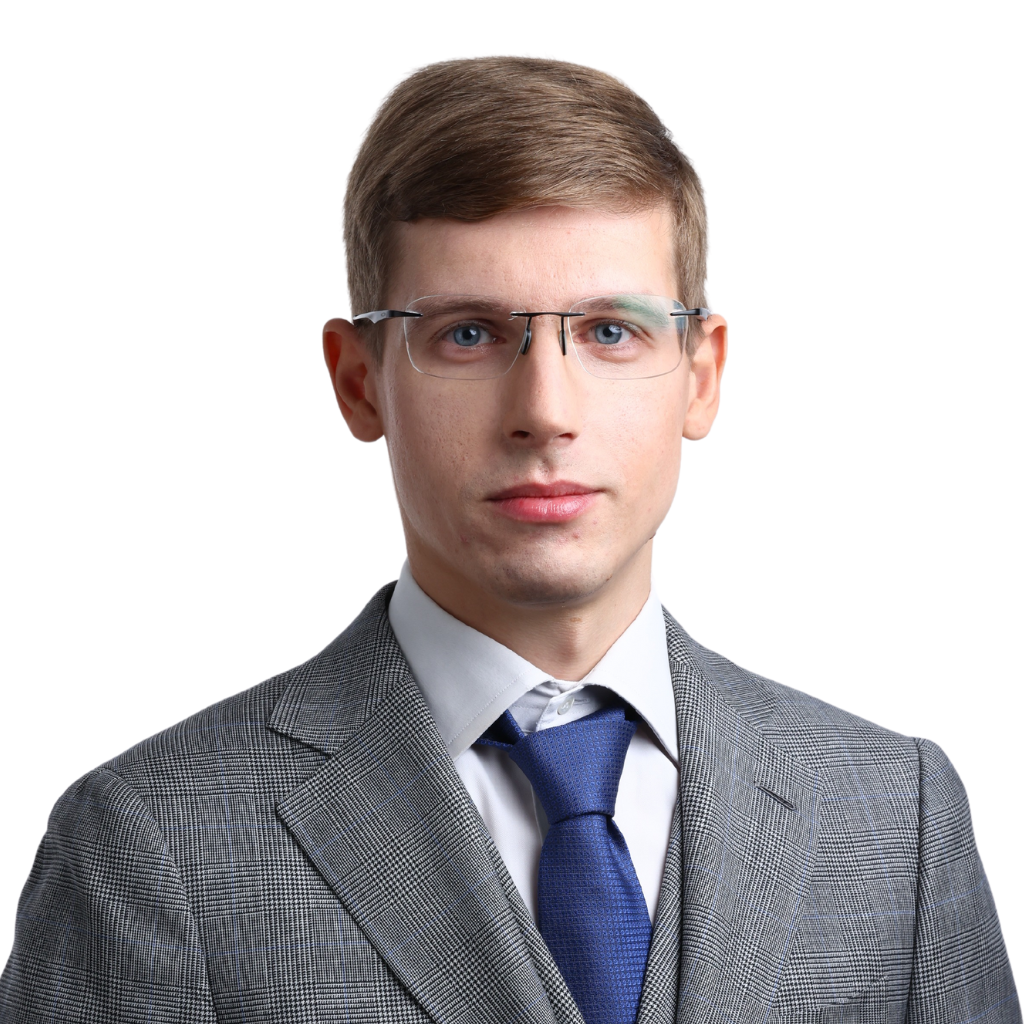News about the controversial “summoning a character” patent filed by Nintendo and granted recently by the US Patent and Trademark Office has gone viral. It is seen not only as a means to bolster the defence against Pocketpair’s Palworld in the legal battle ongoing since 2024, but also as a potential source of trouble for the entire game development (gamedev) industry.
The patent in question, titled “Storage medium, information processing system, information processing apparatus, and game processing method” was granted on September 2, 2025, and published under the No. US12403397B2. This patent, simply called a “patent for summoning other characters to fight for you in game”, concerns a summoning sub character game mechanics.
The “summoning a character” patent can be seen as unusually (and dangerously) broad, bringing into question the grant decision by USPTO. It appears that, in assessing prior art, the examiner relied solely on information found in patent databases, without conducting a broader search of other pertinent materials. Had the examiner conducted a more thorough search of the prior art, he or she would undoubtedly have found information on earlier games implementing the features of Claim 1 of the described patent in publicly available Internet sources. Players actively discussing this patent in threads on Reddit had no trouble with this.
Since claim is always the name of the game, it’s worth looking into Claim 1 which forms the basis of the scope of protection furnished by the patent. Although Claim 1 of the summoning patent refers to “a non-transitory computer-readable storage medium having stored therein a game program”, it has little to do with the hardware in practical terms. The purpose of this feature in the claim is to circumvent the eligibility for patent protection, as claimed subject-matter has to specify technical means for implementing game rules. If claimed as such, schemes, rules and methods for playing games are excluded from patentability. Reference to a hardware (i.e. computer, neural networks or display device) representing a physical entity, is a standard practice when seeking to pass eligibility requirement.
The majority of the remaining features of the Claim 1 concern a game mechanic (rule) of “performing control of moving a player character on a field in a virtual space, based on a movement operation input”, “performing control of causing a sub character to appear on the field, based on a first operation input” and “(when an enemy character is placed at a location where the sub character is caused to appear,) controlling a battle between the sub character and the enemy character by a first mode in which the battle proceeds based on an operation input”. The language used to describe these features is deliberately ambiguous, making it applicable to pretty much any game in which player character is moved based on players input and in which a sub character can be summoned by a player. It’s hard to find an example of a game where character is not moved by a player. Dozens if not hundreds of examples of games in which sub characters are summoned by a player, based on previous input on gamepad or keyboard, can also be found.
The following features describe the positioning of the sub character, relative to the player character and means of controlling the sub character: “(when the enemy character is not placed at the location where the sub character is caused to appear,) starting automatic control of automatically moving the sub character that has appeared” and “performing control of moving the sub character in a predetermined direction on the field, based on a second operation input, and, when the enemy character is placed at a location of a designation, controlling a battle between the sub character and the enemy character by a second mode in which the battle automatically proceeds.”
It is possible for the sub character to be controlled by either the player based on inputs or by the game automatically. Neither of these is in any way new or non-obvious, as multiple games provide companion characters which can actively be controlled by the main character, or by the game, when player is focused on other activities. For example, a number of professions in Guild Wars 2 could be focused on summoned sub characters playstyle, such as Ranger or Engineer.
For the validity, scope of protection, and potential litigation against competitors, the combination of these features — summoning sub-characters, positioning them relative to the player and enemy characters, and ultimately controlling them either manually or automatically — is, however, crucial. Important questions need to be asked:
- firstly, does the mechanics in the selected game fall within the scope of protection defined by the content of claim 1 of the patent?
- and secondly, was this mechanics already known before the priority date?
This questions may be relevant for both older titles such as World of Warcraft and newer ones such as Palworld.
The unusual vagueness puts however into question the enforceability of this patent. It is unlikely that it will affect any of the major market players who have sufficient resources to combat any legal action in courts. Though a sheer disruption, based on lawsuit claiming a patent infringement, is still possible. More importantly however, it could have far reaching consequences for the smaller studios and game developers, who would likely opt to change their game mechanics, rather than face lawsuit in court.
Finally, it’s worth highlighting the fact that this patent was granted without any major market reaction. Despite its application publication on February 22, 2024 (US-20240058701-A1), only after the patent was granted, it became a major point of interest. This indicates the need of gamedev industry to consider that large gaming studios or publishers will seek to obtain patents in order to maintain a competitive edge, or in marginal cases to sit on their Frozen Throne to expand monopoly. This should be met with a fierce response and proactive moves by the other developers, if they wish to avoid similar risks in the future.
There are two ways that gamedev can address such issues:
- during the development phase of the game, conduct a freedom to operate (FTO) evaluation focusing on major gaming studios patents, with assistance of a patent attorney, to eliminate any risks and to navigate around the existing exclusive rights;
- submit prior art information to the patent offices in relevant countries. For example, in the US there is a mechanism for third parties to submit prior art information of potential relevance to the examination of a patent application in form of “Third-party preissuance submissions”.
Remember, that patent examiners also gotta catch ’em all. Or rather conduct a thorough search of the prior art. So, help them catch all the relevant prior art.
If you want to learn more about patenting video game mechanics, join our talk during the Game Industry Conference in Poznań on October 23, 2025.



